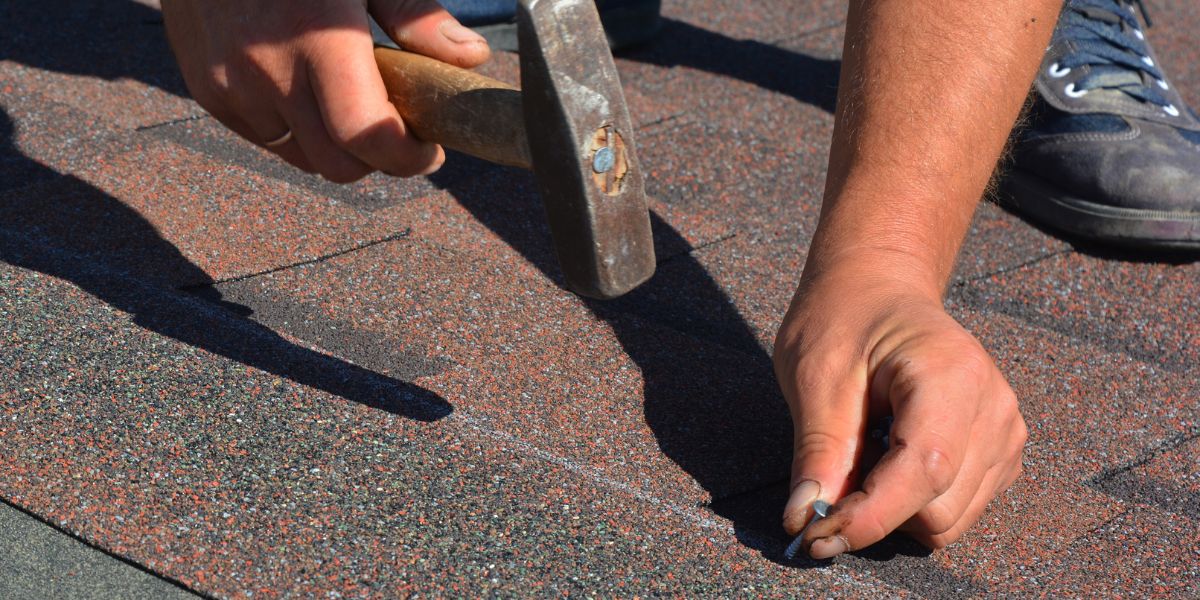Roof systems are a major investment for homeowners and can represent a large portion of the construction costs.
Roofers are responsible for helping homeowners protect their investment through regular, thorough maintenance. It can ensure that the roof is properly protected.
Here is a checklist of roof maintenance tips to help roofers ensure that they do not miss anything during routine maintenance. This list is also for homeowners who want to know what to expect from a roofer when they hire them to perform routine maintenance.
What to expect when you install an asphalt roof
Asphalt is a popular material for residential roofing. Statistics show that four out of five U.S. houses use asphalt shingles. The shingles are easy to install, look great, and hold up well in the weather.
What damages an asphalt roof?
Roofs are subjected to more abuse than any other part of the home. Some common examples include:
- Exposure to elements (sunlight, wind, rain, hail and snow).
- Bio-growth (blue algae, tree or plant debris).
- Poor installation technique
- Maintenance or repairs that are not consistent
- Changes in the building’s use (which can lead to an increase in humidity or unbalanced ventilation)

Why maintain your asphalt roof?
Even if the roof does not show any obvious signs of damage, homeowners should have a professional roof inspection regularly and, if necessary, perform maintenance. Keep it in good condition to protect your home. Maintaining the roof of your home is an investment which may yield major rewards down the line.
Four simple steps to asphalt roof maintenance
Roofers can assist homeowners in maintaining their asphalt shingle roofing by following four simple steps. These should be completed twice a year, plus after any major storms, such as ice, rain, snow, or hail storms, or other severe weather events, like tornadoes or hurricanes.
Another good reminder for homeowners is to contact a licensed roofing contractor who can inspect and repair their roof.
1. Housekeeping
Roof maintenance includes routine and clearing cleaning of the roof, and all its associated systems.
Attention should not be limited to the asphalt roof shingles or flashing, but also other important components such as downspouts and eavestroughs or gutters. Also, pay attention to installations such as skylights and vents as well as solar panels, chimneys and vents.
What we recommend is:
When possible, homeowners can clear the debris on the roof from the ground. This includes leaves, branches and any other objects that are clogging the surface. You can also have your roofer use a leaf-blower to clear the debris. Be sure that the air is blown down the roof, not up.
Cut away any vegetation that is hanging from the roof to reduce the amount that accumulates. Hire a contractor to remove the debris from hard-to-reach areas. Use a trowel for removing leaves and organic material from gutters. This will ensure that water can flow freely to the downspouts.
Installing eavestrough protection, or metal mesh grates, can prevent the accumulation of debris in gutters and make cleaning easier.
Make sure the downspouts flow well and are free of debris so that the water drains properly and is not dripping or leaking down the side of the house. This can be done by a homeowner noting any drips or leaks that happen during or immediately after a storm, and reporting them to his contractor at inspection time.
2. Roof inspection
The roofer will inspect the roof for potential problems and red flags which could cause trouble in the future.
This inspection should be done twice a year (we recommend springtime and fall). This will allow him to take note of any suspicious activity and complete minor repairs or small fixes before the problem becomes a major issue.
Roofers should keep a close watch on their client’s roof. This will allow them to become familiarized with the roof and be able to spot any changes.
Check for signs that the ventilation system, either intake or exhaust, is not working properly or needs maintenance or cleaning. Condensation in the attic and ice dams are obvious signs.

3. Repair
Asphalt shingle roofs should be repaired immediately by a trained contractor roofer to maintain the integrity and systems of the roof (such as drainage, ventilation and other related systems). A few small fixes, done correctly, can prevent bigger problems or major roof repairs over time.
Roofers can use roofing cement or nails to fix shingles that are cracked or loose. He can also replace any shingles which have been blown or broken loose.
Install or replace valley flashing
Roofers may replace the valley flashing if they find it is corroded or cracked, or if its waterproofing qualities are compromised.
Replace other flashing
If the metal flashing is loose or rotten, your roofer can use roofing cement with nails to replace it. When installing flashing on brick, copper or galvanized metal is recommended because lime can corrode aluminum.
Repair gutters or downspouts
Roofers may use roofing cement, gutter caulking or gutter patching kits to repair corroded or leaky sections of eavestroughs and downspouts. He will measure the pitch of the downspouts and use a level in order to rehang it.
4. Record keeping
Commercial roofing companies are often hired by owners of industrial or professional buildings to keep a record of roof inspections and repairs. This is a vital part of data collection and maintenance, and it helps to support good occupational health and safety.
This same approach could be used by residential roofers to keep the roofs of their clients in good condition. Roofers can also benefit from the following suggestions to provide a service that is above and beyond their competition.
Keep a log
Roofers should note any roof problems they see during a roof inspection, even if there is no immediate concern. They can then check back on them at their next inspection to determine if the problem has gotten worse. If he notices major or consistent changes, he may decide to replace or repair the roof.
A roofer must also keep a record of all repairs. It will be easier for the roofer to remember and for the homeowner in the future which sections or materials were installed first. After four or five years, it can be hard to remember everything from memory. It will help to create a roofing history for homeowners, future roofers they might hire, and even for homeowners in the future who want to know what maintenance work was done over the years.
Take Pictures
Roofers should take pictures of the roof’s drainage system if it is safe. Ask a friend to help you. They can provide a baseline for the roofer to compare against if the problem seems to be getting worse. If the roofer notices a change and isn’t certain what it means, they can send the photo to another roofer who will let them know if it warrants repair.
A well-maintained roof is a healthy roof
If you are a homeowner who wants to extend the life of the roof on your home, or a professional roofing contractor educating a client about the importance of regular inspections and repairs, then committing to a roof maintenance schedule that is consistent will be like investing in a roof well constructed.

